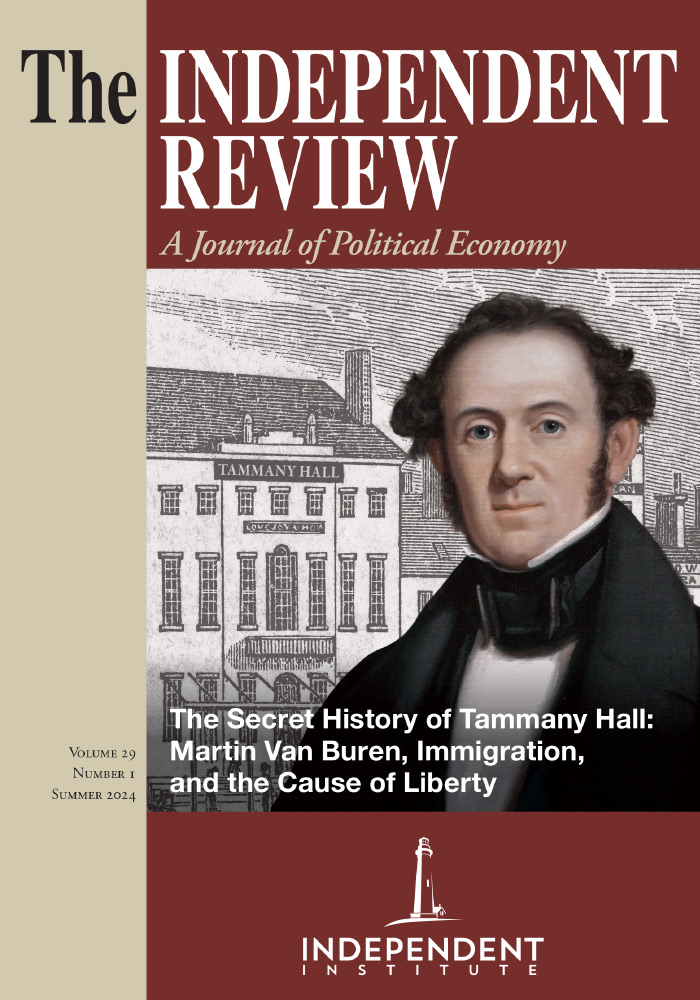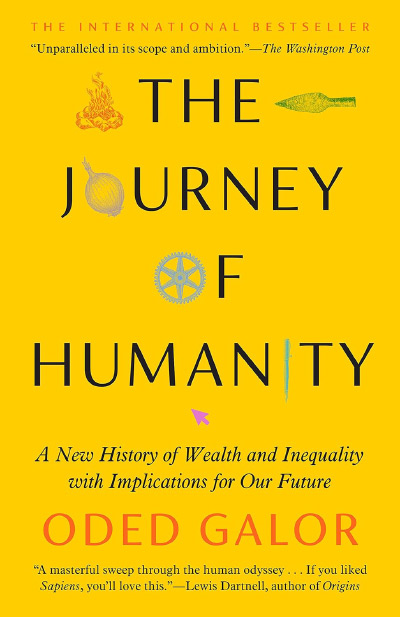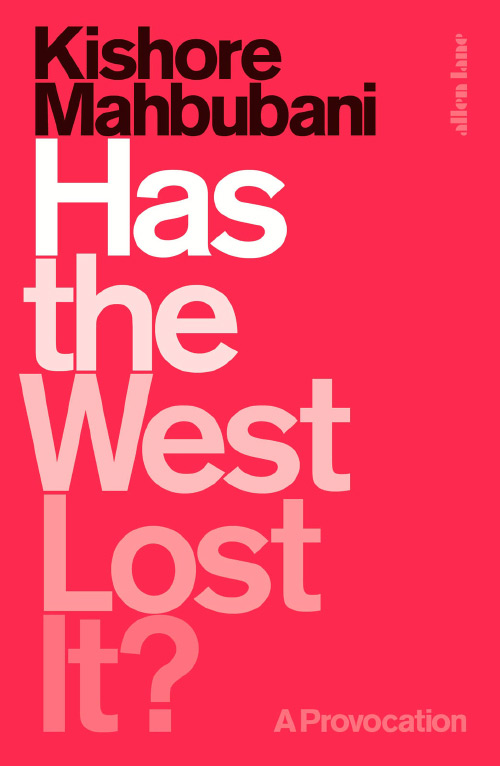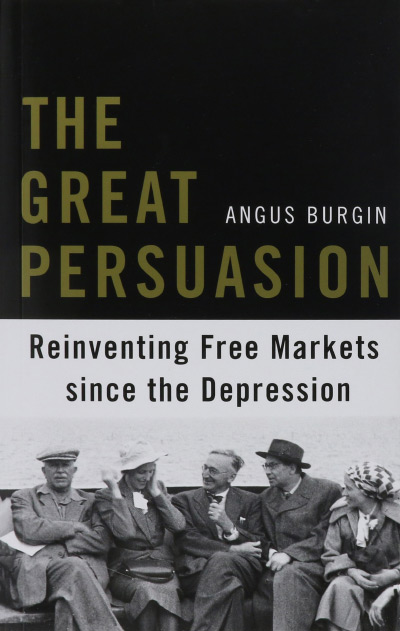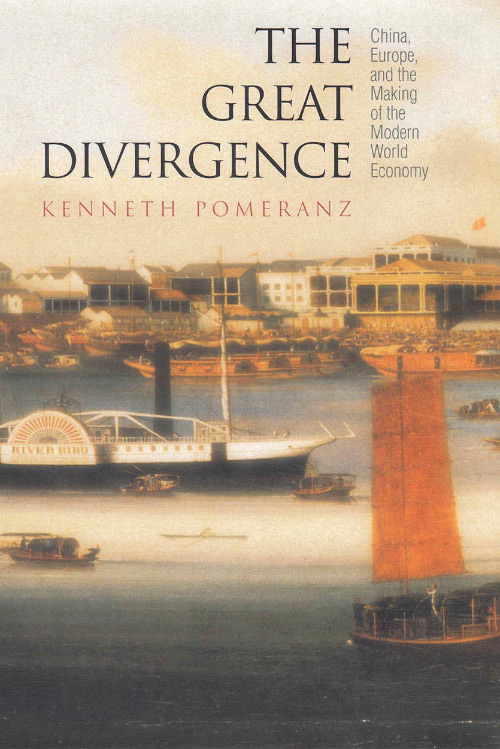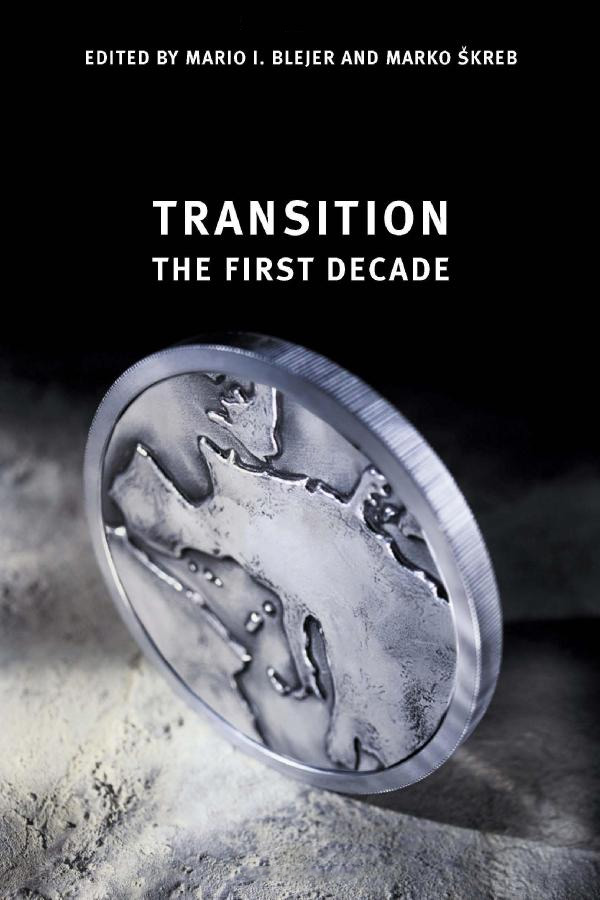Why were people so poor throughout almost all of human history, yet so rich today? Why are people in some parts of the world today so much richer than in other parts of the world? These are perhaps the most important questions in all of economics. Oded Galor aims to answer both of them in this ambitious book.
The book is a follow-up to Unified Growth Theory (Princeton: Princeton University Press, 2011) and brings together a mountain of impressive journal articles produced by Galor and his many co-authors. This includes a couple articles from the Quarterly Journal of Economics, four from the Review of Economic Studies, two from the Economic Journal, one from the Review of Economics and Statistics, one from Econometrica, and eight from the American Economic Review.
Galor argues that modern economic growth was almost inevitable once humans mastered fire and developed large brains. These triggered a series of positive feedback loops. Humans spread out across the globe as populations and population densities rose. Rising density made a transition to settled agricultural inevitable, triggering additional technological advancements, urbanization, and collective organization. Crucially, more people meant more brains to solve problems and develop new technologies—more people, more geniuses, and more specialization. However, this did not generally improve standards of living because—as Thomas Malthus argued over two centuries ago—the supply of labor grew at about the same pace as the demand for labor. Over the millennia this process accelerated as population rose and finally a phase transition occurred. Galor’s analogy is a fire heating a pot of water. The temperature gradually rose but the water remained liquid. Finally, it reached a critical point—as more fuel (people and their ideas) were added to the fire—and the water began to boil. This marked a new epoch in history. The ideas and technological improvements began to come faster than population rose, so finally standards of living began to rise. Galor credits a shift in population composition with slowing population growth enough for this to occur. Modern technologies rewarded investments in literacy, education, and other forms of human capital, so some parents consciously had fewer children than they could support, investing in their skills in the modern demographic transition. These investments in human capital further triggered improvements in technology—another virtuous cycle.
So, why isn’t everyone around the globe rich at this point? Galor’s fundamental argument is that some places had a head start in this process. Other places are growing, but still trail and might never catch up. In exploring the origins of modern wealth and inequality in the second half of the book, Galor begins with proximate causes and digs deeper toward ultimate causes. The places that are the richest have institutions that are conducive to economic growth, but these institutions (for example secure property rights and incentives to work, learn, and invest) arise out of culture. And these cultural differences (such as a future-oriented mindset and a bias toward cooperation) can be traced back to geographical differences. At some point, most readers will sense that the string of causation is getting stretched a little thin, perhaps to the breaking point—but there is much food for thought and important historical musing along the way.
Galor is somewhat of a determinist. The peoples who are richest now trace their origins back to the places that first developed agriculture and the civilizations built upon it—civilizations that were spread across Eurasia. He seconds Jared Diamond’s ideas from Guns, Germs, and Steel (New York: W.W. Norton, 1997) that agriculture and civilization first took off in Eurasia because of its abundance of domesticable plants and animals and its vast east-west axis at the right latitudes. However, he adds immensely to Diamond’s well-known analysis.
All in all, this book is a concise and informative overview of path-breaking research completed in the last three decades. However, the book is not without its shortcomings. For example, Galor overdoes an argument that Western economic growth came at the expense of other regions of the world. For example, he argues that British trade with colonial India deindustrialized it. Britain’s comparative advantage was in manufactured products and trade services, while India’s was in agriculture. Accordingly, as Galor documents, industrial production per capita fell from 1750 until the beginning of the twentieth century in India. As he sees it, the associated rise in demand for skilled labor in Britain (and other western countries) intensified their investment in human capital and expedited their demographic transition, further stimulating technological progress and enhancing their comparative advantage in the production of these goods. In non-industrialized economies, by contrast, this trade incentivized specialization in the production of relatively low-skilled, agricultural goods and raw materials. The absence of demand for educated workers in this section limited the incentive for investment in human capital, and “thus delayed their demographic transition, further increasing their relative abundance of low-skilled labor and enhancing their comparative disadvantage in the production of ‘skill-intensive’ goods” (p. 137). He labels this pattern “exploitation” (p. 140).
However, it’s not clear that this trade delayed India’s demographic transition toward smaller families or delayed the onset of economic growth there. What’s the relevant counterfactual? Suppose Europeans never traded with India and similar countries. Would they have achieved the phase transition to modern economic growth sooner? The claim seems dubious. Suppose European powers never colonized or otherwise dominated the region? Wouldn’t the same trades have arisen due to the same comparative advantages and the gains from trade they brought to consumers and producers of both types of goods? Galor admits that there were gains from trade to Indians in this process but sweeps them aside by saying that they “were channeled predominantly towards higher fertility rates” (p. 140). Finally, he ignores the fact that literacy rates in India climbed considerably under British rule—from about 3.3 percent in 1872 to 16 percent in 1941. Most of this was among men, whose rate rose from about 8 percent in 1881 to 25 percent in 1941.
Like other reviewers, I am generally unconvinced by Galor’s arguments in his last chapter “Out of Africa.” He documents that genetic diversity is greatest in Africa and declines with a region’s migratory distance from the cradle of humanity in East Africa. His measure of genetic diversity is spelled out in an earlier article. In “The Macrogenoeconomics of Comparative Development” (with Quamrul H. Ashraf, Journal of Economic Literature 2008 56(3): 1124), Galor explains that “the measure of expected heterozygosity for geographically indigenous ethnic groups is constructed by population geneticists using data on allelic frequencies for a particular class of DNA loci known as microsatellites. These DNA loci reside in non-protein-coding regions of the human genome (i.e., regions that do not directly result in phenotypic expression) and are therefore viewed as selectively neutral.” Galor’s scatterplots show that there is an inverse-U relationship between this kind of genetic diversity and the log of GDP per capita and population density both in 1500 and the present. In other words, economic development is low in places with a high level of genetic diversity and in places with a low level of genetic diversity—but high in the middle, with moderate rates of genetic diversity at what he calls the “sweet spot.” He conjectures that too much genetic diversity diminishes interpersonal trust and erodes social cohesion, while too little diversity can suppress the spectrum of individual traits, skills, and approaches to problem-solving. This may be true. But a more straightforward explanation for the finding is that—as Galor argues throughout the book—Eurasia was simply the region most conducive to the origins and spread of agriculture and then civilization. Perhaps it is just happenstance that genetic diversity is at middling levels in this zone which is at a middling distance from East Africa.
While I think that reading The Journey of Humanity will profit most readers, my greatest disappointment is that it stops with the present. Regions of the world whose peoples didn’t come from Eurasia are considerably poorer today. But they are growing strongly. For example, the IMF projects that Africa will be home to nine of the fifteen fastest growing nations in the world in 2024. Galor seems pessimistic about these poorer regions’ long-term prospects, but it appears that they are overcoming their disadvantages by importing successful technologies, institutions, and even cultural attitudes from the rest of the world. A final chapter on the prospects (inevitability?) of global catch-up would have been a real plus.
| Other Independent Review articles by Robert M. Whaples | ||
| Fall 2024 | Get Married: Why Americans Must Defy the Elites, Forge Strong Families, and Save Civilization | |
| Fall 2024 | Climate and Energy: The Case for Realism | |
| Fall 2024 | Geoengineering Discourse Confronting Climate Change: The Move from Margins to Mainstream in Science, News Media, and Politics | |
| [View All (99)] | ||

